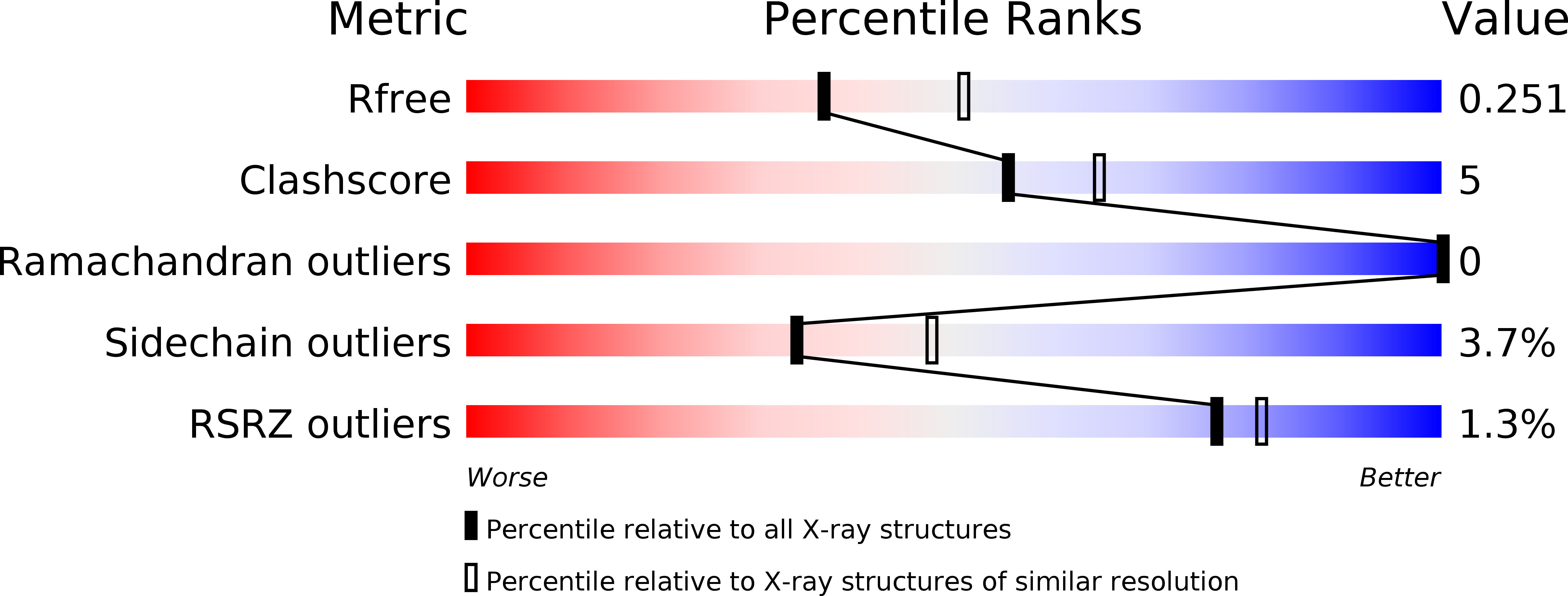
Deposition Date
2011-02-18
Release Date
2011-04-13
Last Version Date
2023-12-20
Entry Detail
PDB ID:
2YA9
Keywords:
Title:
Crystal structure of the autoinhibited form of mouse DAPK2
Biological Source:
Source Organism:
MUS MUSCULUS (Taxon ID: 10090)
Host Organism:
Method Details:
Experimental Method:
Resolution:
2.30 Å
R-Value Free:
0.26
R-Value Work:
0.20
R-Value Observed:
0.20
Space Group:
P 21 21 21


